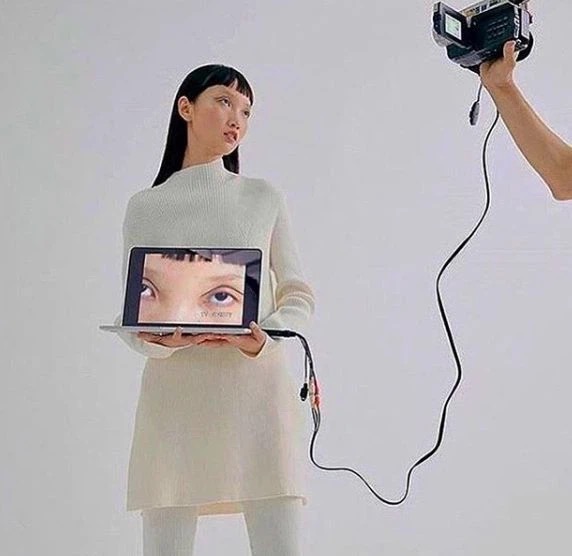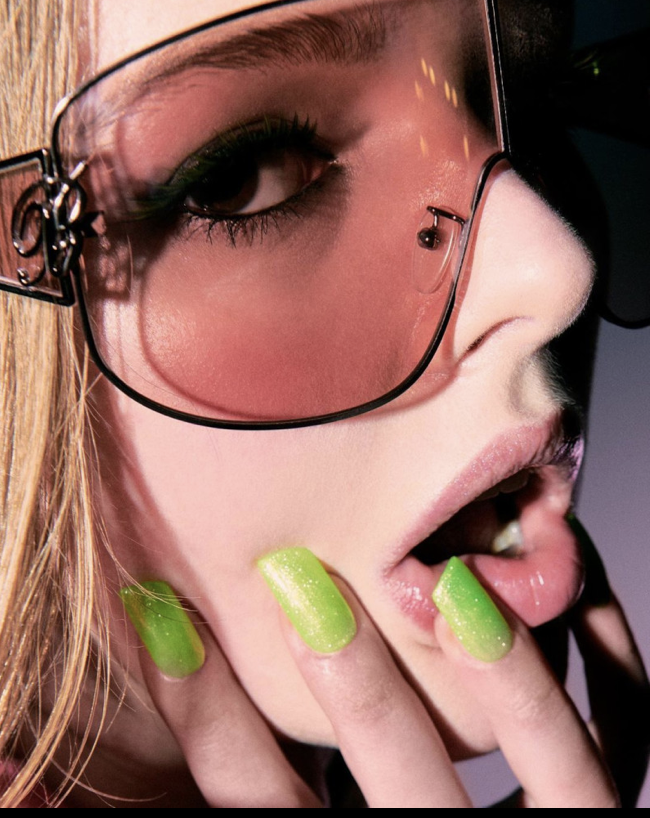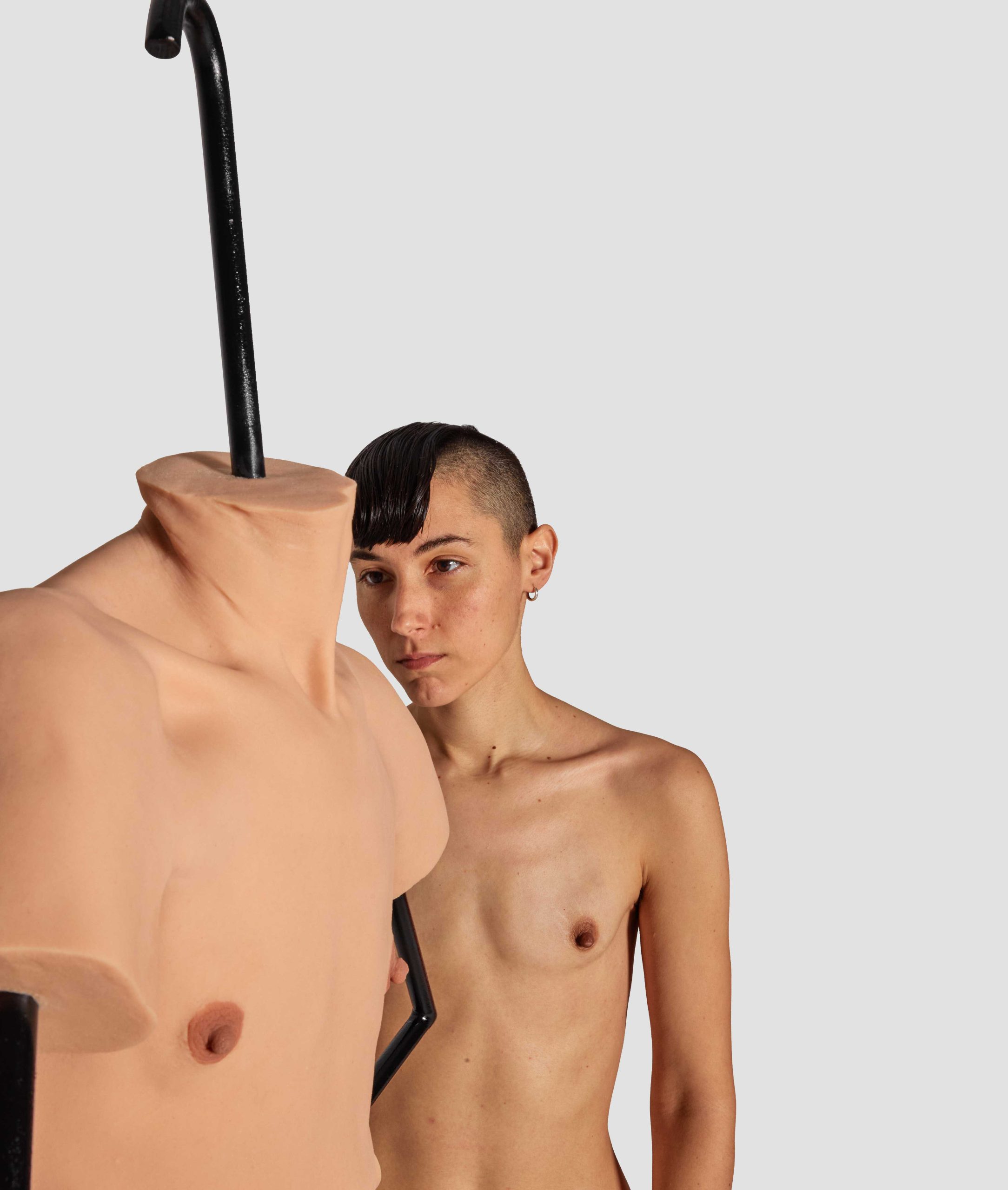In today’s fast-paced digital landscape, the world of fashion is experiencing a paradigm shift. No longer are brands solely relying on top-down, highly curated campaigns to reach their audiences. Instead, a new model has emerged where content creators – whether they be influencers, models, stylists, or photographers – are given unprecedented creative freedom. This shift, from micromanagement to autonomy, is transforming how fashion brands connect with consumers and how they present their identities to the world.
As the social media landscape has matured, it has become clear that audiences are growing more sophisticated. Consumers today value authenticity and are quick to spot content that feels forced or overly commercialized. In response, forward-thinking fashion brands are now embracing a new approach letting content creators tell the brand’s story in their own way.
This shift towards a creator autonomy is rooted in the growing importance of authenticity. Social media platforms like Instagram, TikTok, and YouTube thrive on content that feels real and relatable. The more personal and genuine the content, the more it resonates with followers. By allowing creators to express themselves freely, fashion brands are able to tap into the trust and loyalty that creators have built with their audiences. Fashion is increasingly becoming a vehicle for personal expression, and content creators are some of the most influential voices in this space.
In addition to driving authenticity, the rise of creator-led content represents a democratization of fashion storytelling. Fashion brands are recognizing that their identity is shaped by a multitude of voices, each contributing their own perspective.
This approach is particularly powerful in an era where consumers demand diversity and representation. This not only broadens the brand’s appeal but also highlights its relevance across different demographics, body types, and lifestyles. The days of monolithic beauty standards and single-faceted representations of fashion are being replaced by a mosaic of voices, each reflecting the complex and diverse world we live in. Campaigns like Gucci’s #GucciGram and Balenciaga’s work with Gen Z influencers highlight how brands are embracing this shift, allowing creators to reinterpret the brand’s heritage in innovative, playful ways.
The trust brands place in content creators is also part of a larger trend in marketing, where authenticity and relatability outweigh sheer reach. Rather than just focusing on influencers with the largest follower counts, brands are now turning to creators who have niche, engaged audiences and a strong personal brand. These creators are often seen as tastemakers within their communities, and their endorsement can carry more weight than a high budget campaign featuring a celebrity spokesperson.
Brands like Gucci, Balenciaga, and Louis Vuitton have embraced collaborations with a variety of content creators, ranging from traditional fashion influencers to TikTok stars, allowing them to reinterpret the brand’s heritage or aesthetic in playful, modern ways. For instance, Louis Vuitton’s collaboration with Emma Chamberlain signals a move toward creators who embody both style and approachability, attracting younger audiences who value individuality and relatability over celebrity.
This creates a feedback loop where the brand benefits from the creator’s reach and engagement, while the creator benefits from being associated with a prestigious fashion house. It’s a win-win situation.
While this shift represents a more collaborative future for fashion marketing, it’s not without its challenges. Brands must strike a delicate balance between allowing creative freedom and ensuring their core identity remains intact. There is always the risk that a creator’s interpretation may not align with the brand’s vision, or worse, that the content may lead to misrepresentation or controversy.
As this collaborative approach becomes the new norm, fashion is poised to enter an exciting era where creativity knows no bounds. By embracing diverse voices and allowing creators to shape their narratives, brands are not only staying relevant but also fostering a community built on authenticity and innovation. The future of fashion lies in this vibrant intersection of individuality and collaboration where the stories we wear are as diverse and dynamic as the people who create them.
Written by Nicole Vrempi a GLITCH Magazine Contributor




